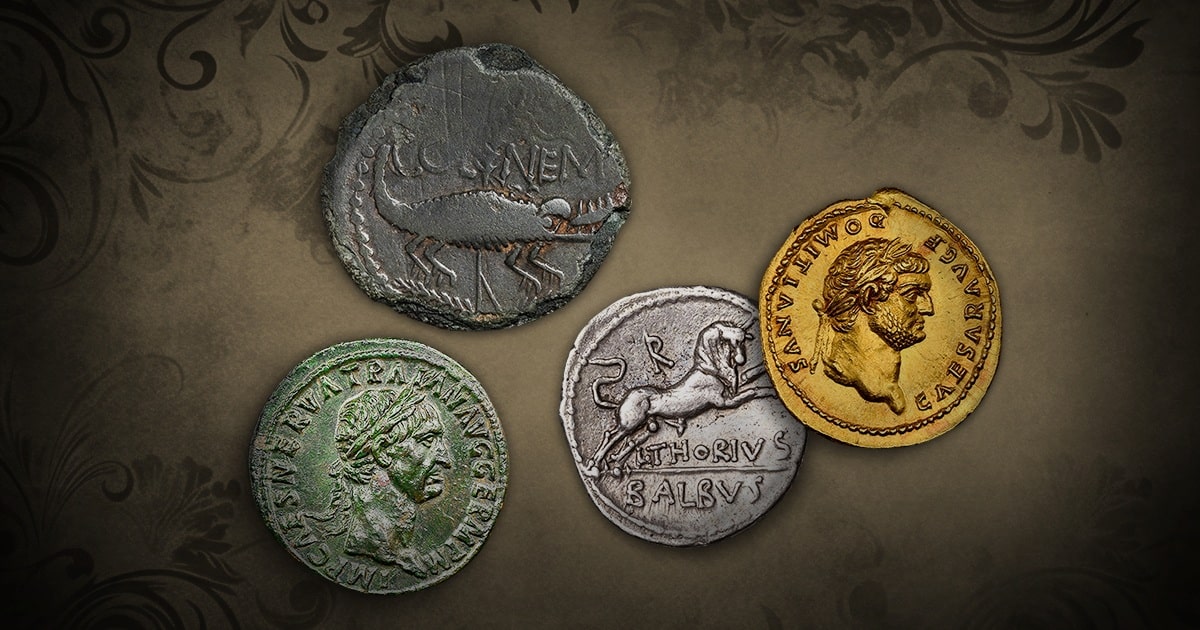
The Beau Street Hoard was a significant archeological discovery and one of the greatest numismatic discoveries of the United Kingdom. The hoard held more than 17,000 coins from the Roman Empire. The coins were fused together in a large block when they were discovered in 2007 by archaeologists during renovations for a new pool at the Gainsborough Hotel.
The hoard’s urban setting makes it unique among ancient coin finds, as similar finds have been made in rural locations. The Gainsborough Hotel is less than 150 yards from the Roman Baths Museum.
How was the Beau Street Hoard Found?
While excavating the site for a new pool in the old spa quarter of the city of Bath, Cotswold archeology staff members found a few ancient coins. Using a metal detector, they found strong signals for a high metal content buried at the site. Bath had previously been identified as a historic Roman town and yielded several archeological finds.
After its discovery but before its extraction, the hoard was believed to be much smaller than it was. As the team worked to uncover the find, support beams were inserted to support the metallic mass, which weighed more than 240 pounds. Realizing the full scope of the hoard, which fell under the category of treasure under the U.K. Treasure Act of 1996 and obliges a finder to report the finding, appropriate authorities and museum officials were contacted.
It was not until the mass had been x-rayed that researchers concluded it was made up of at least six different bags of coins, which turned out to be eight leather bags of coins. Although the leather had decayed over the centuries, traces of it were found on copper coins in the hoard in the presence of a brown/yellow substance.
Finding a hoard with smaller subdivisions within it is unusual, even for historic coin deposits. Among other questions raised, like how the hoard got where it was and why it was left there, was this one hoard or eight different hoards? The coins were in better condition than the researchers had expected, which was a result of their age and relatively high silver content.
What Coins Were in the Beau Street Hoard?
The coins were sorted by type and by face value and there were only two types of coin found in the Beau Street Hoard. There were silver Denarii and another type of Roman silver coin, the silver radiate, for which the Roman name is not known. The radiate had a value of two Denarii, but its silver content was only 50% greater than that of the Denarius. This coin demonstrated an Imperial need for cash that precipitated debasement and the addition of copper to coins. The youngest coins in the hoard were less than 5% silver, and these coins looked more like copper than silver.
The coins were issued between 32 B.C. and 247 A.D, making the hoard several years younger than imagined upon its discovery. 275 years may sound like a small window, but considering the relative age, it would be like finding a 2024 coin with a 1745 silver George II Halfcrown.




